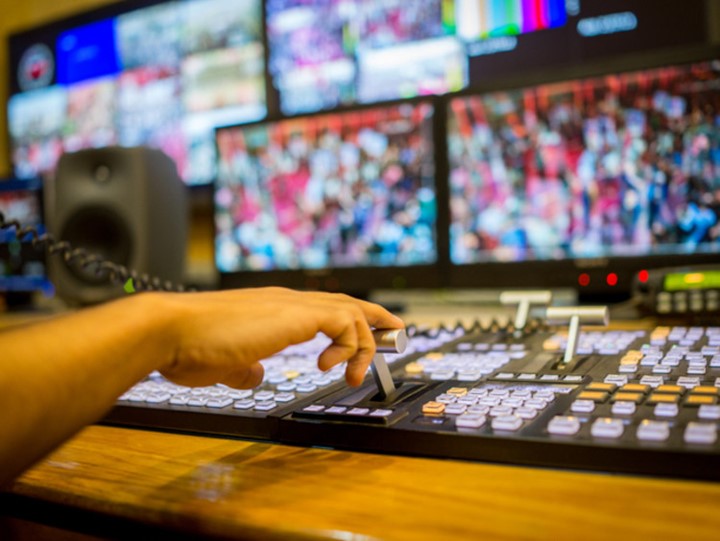Essential Strategies for Guaranteeing Peak Performance of Light Emitting Diode Video Screens During Live Music Events
Essential Strategies for Guaranteeing Peak Performance of Light Emitting Diode Video Screens During Live Music Events
Blog Article
Light Emitting Diode video walls are growing increasingly common for real-time performances, such as concerts, conferences, and athletic games. These massive displays provide lively visuals that can improve the audience's experience. However, to guarantee best performance during these performances, it is crucial to apply specific tactics. This article will discuss five key strategies that can help preserve the standard and reliability of Light Emitting Diode video screens during live performances.
Firstly and foremost, correct setup is crucial for the functionality of LED display walls. The installation should be done by trained experts who understand the technological needs of the gear. This entails ensuring that the display wall is securely mounted and that all links are properly made. Additionally, the site of the video screen should be carefully selected to prevent harsh light, which can cause reflection and affect visibility. A thought-out installation will help avoid technological issues and guarantee that the display wall functions seamlessly throughout the event.
An additional crucial strategy is to perform thorough checks before the event starts. This involves running the display screen through multiple scenarios to verify for any possible problems. Specialists should test the luminosity, hue accuracy, and clarity of the display. It is also important to verify the audio-visual alignment, especially for events that feature video playback. By spotting and addressing any problems in prior, event planners can avoid disruptions during the live performance and guarantee a seamless encounter for the audience.
In addition to installation and testing, having a contingency strategy is vital for the effectiveness of Light Emitting Diode video screens. Technological failures can occur unexpectedly, so it is crucial to be prepared. Performance planners should have backup gear on hand, such as extra Light Emitting Diode panels and cables. Furthermore, having a qualified expert available during the event can help quickly fix any issues get more that may arise. This preventive approach can minimize downtime and keep the event operating smoothly, ensuring that the spectators stays engaged.
Another tactic to consider is the use of suitable material for the LED video screen. The visuals shown should be high-quality and relevant to the performance. This means using graphics and footage that are specially designed for massive displays. Content should be checked to ensure it appears well on the video wall and is simple to view from a far. Engaging visuals can improve the total experience and keep the spectators' focus fixed the event.
Finally, routine upkeep of the LED video wall is essential for sustained functionality. After each performance, technicians should inspect the equipment for any signs of damage or deterioration. Cleaning the panels and verifying connections can help avoid future problems. Additionally, keeping programs and firmware current guarantees that the display screen functions efficiently. By prioritizing upkeep, event organizers can prolong the lifespan of their Light Emitting Diode display walls and ensure they are always prepared for the upcoming real-time performance.
In summary, ensuring optimal performance of LED video screens during real-time performances requires meticulous planning and execution. By concentrating on proper installation, comprehensive testing, having a backup strategy, using appropriate content, and regular upkeep, performance planners can create a successful and engaging encounter for their spectators. These tactics not only improve the aesthetic effect of the performance but also add to its total success.